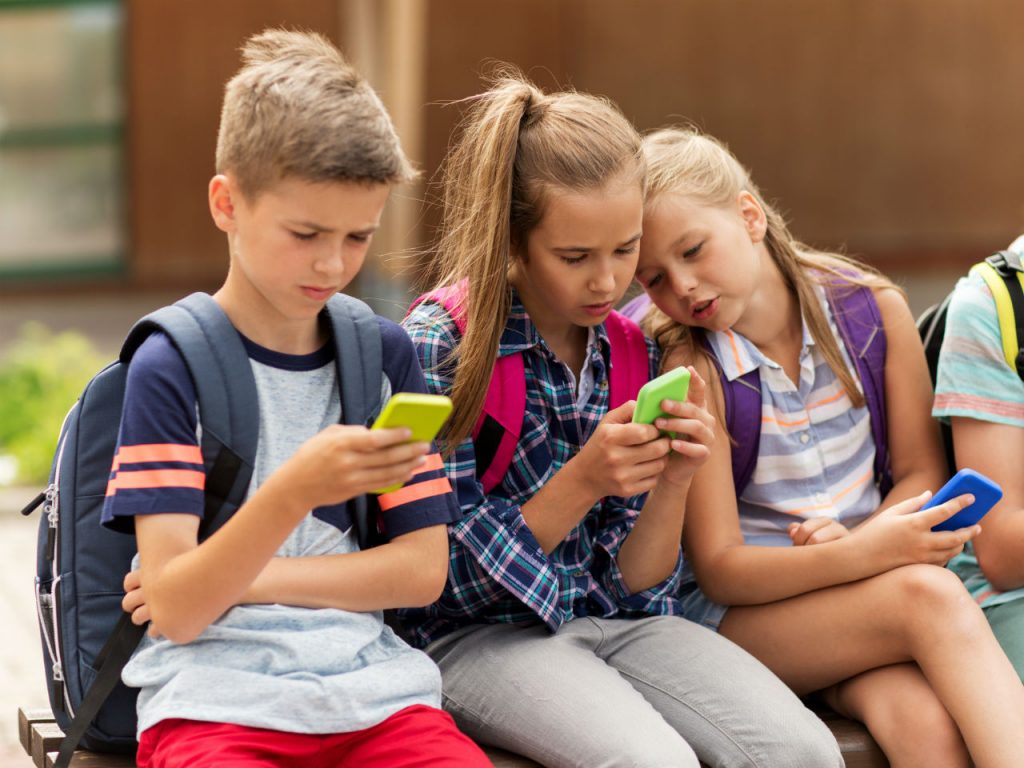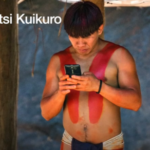Blog Post
Porn culture now has little kids sexually assaulting each other
By Jonathon Van Maren
Those of you who read my columns regularly will know that I highlight the sexual savagery of porn culture on a nearly monthly basis. Pornography has transformed the way an entire generation thinks about sexuality and interacts with the opposite gender, and we are just beginning to find out how badly it has deformed the ability of the next generation to act in sexually healthy ways. Slowly but surely, we as a society are waking to the fact that this experiment in non-stop access to hardcore pornography, consumed at a younger and younger age, is having hideous consequences. The most recent high profile publication to take a closer look is The Economist:
Indeed, across the rich world, countries are grappling with how to deal with the over-sexualisation of children. The assumption—often unspoken—is that exposure to sexualised images is linked to a growing number of sexual incidents involving children. Amanda Hulme, the head of a primary school in north-western England, says it is seeing more peer-on-peer abuse. Across Britain, the police received almost 30,000 reports of sexual assaults by children on other children over the past four years, including 2,625 allegedly on school grounds. And “sexting”—sending explicit images—is widespread. It can ruin young lives. A boy who opens a forwarded sext might find himself on a sex-offenders’ register. A girl whose intimate photo ends up widely shared online may be driven to despair or even suicide.
I could add dozens of stories that I have heard first-hand from high school and middle-school students and young couples, including examples of young men who had committed sexual assault without being aware that their actions were criminal—they had been socialized by pornography to assume that this was what “normal” sexuality looked like. Many girls, of course, have also been socialized by the Fifty Shades of Grey craze to believe that they can—and should—expect violence in the romantic and sexual context. More:
Precocious sexualisation, however, is recognised as causing some forms of harm. One is to mental health. Sharon Lamb, a child psychologist and professor at the University of Massachusetts, Boston, says she sees children, mainly girls, losing self-esteem when they feel that the only way they are valued is if they act sexually. This feeds into problems such as eating disorders, and can affect future relationships. Boys suffer, too. Ms Lamb says stereotypes portraying them as always wanting sex put them under pressure to act in a certain way.
A second possible type of harm is that a sexualised, pornographic culture may give children damaging ideas about sex. Ms Hulme reckons that the increase in children inappropriately touching each other is linked to pornography. No one has ever proved how pornography relates to action, but children (more boys than girls) have told pollsters from the NSPCC that it gave them ideas about what to try. This highlights the need for good sex education, if only to inform children about real life…
In the past decade countries have started to act on worries about the over-sexualisation of children. The turning-point in Britain was a 2010 report on the issue that the government commissioned from Reg Bailey, then at Mothers’ Union, a British Christian charity, and now a council member at the Advertising Standards Authority, the industry’s self-regulatory body.
Published in 2011, his report made 14 recommendations, such as keeping explicit magazines out of children’s sight. It also advocated raising parents’ awareness of sales techniques, and developing codes of practice among retailers covering goods marketed to children. Since 2011 guidelines about what can be shown on street billboards and magazine displays have been tightened. Internet-service providers offer parental filters to limit what their children may see. A new law, coming into force this year, obliges pornography sites to require evidence that users are over 18.
Other countries are following suit. In 2014, France outlawed beauty contests for under-13s. La Paz, the capital of Bolivia, has moved to do the same. Some Cubans are fretting about a craze among girls as young as five for quinceañeras, coming-of-age parties intended for 15-year-old girls, in which the girls often pose for photos, dolled up and looking sultry. Pressure groups and individual complaints also have an impact. In 2006 Tesco, a British supermarket chain, removed a children’s pole-dancing kit from the toys section of its website. In 2010 Primark, an Irish clothing company, withdrew children’s bikinis with padded tops.
These are genuinely positive steps in the right direction, but I firmly believe that we need to begin looking at radical ways to restrict the ability of children and teens to access pornography. The social cost is simply too high, and to ignore the fact that online pornography has the power to shred our already fraying social fabric by destroying the ability of young people to sustain healthy relationships will have devastating consequences. The growing recognition that porn in a problem is encouraging, but nodding at this issue is the equivalent of bailing out the Titanic with a thimble, considering the fact that in 2016, on PornHub alone, 12 porn videos were consumed for every man, woman, and child on planet earth.
I quite like Ross Douthat’s brazen suggestion in the New York Times awhile back: Let’s just ban porn.
_____________________________________________
For anyone interested, my book on The Culture War, which analyzes the journey our culture has taken from the way it was to the way it is and examines the Sexual Revolution, hook-up culture, the rise of the porn plague, abortion, commodity culture, euthanasia, and the gay rights movement, is available for sale here.









Have incidents of assault really increased, or has the REPORTING of incidents of assault increased?